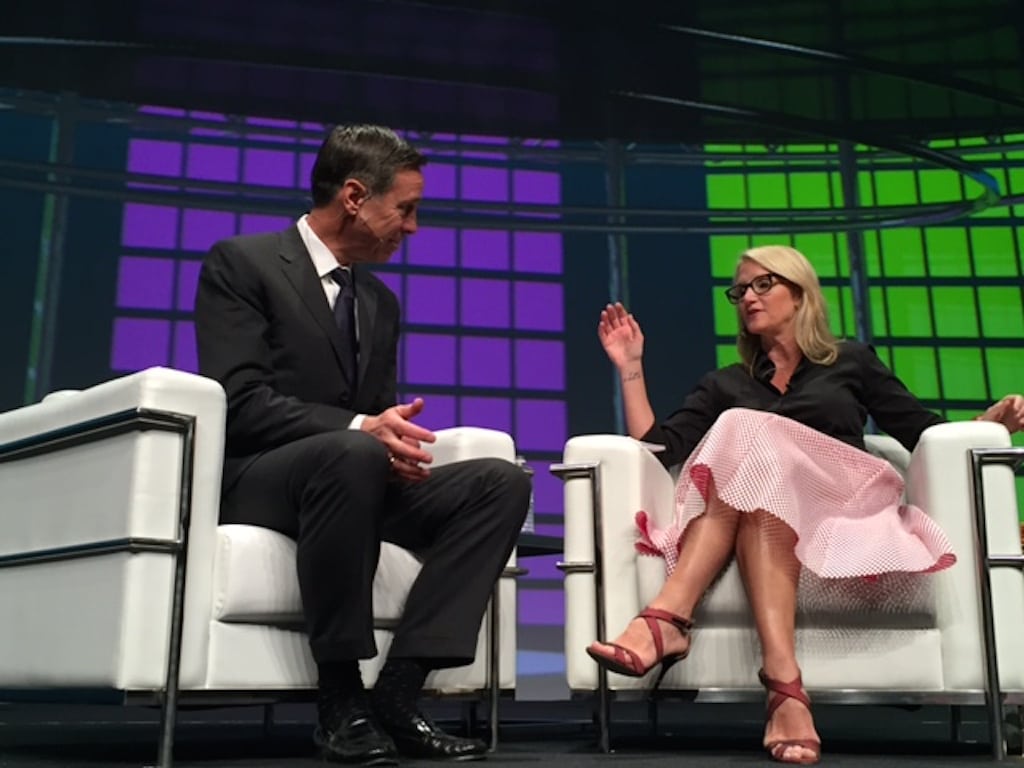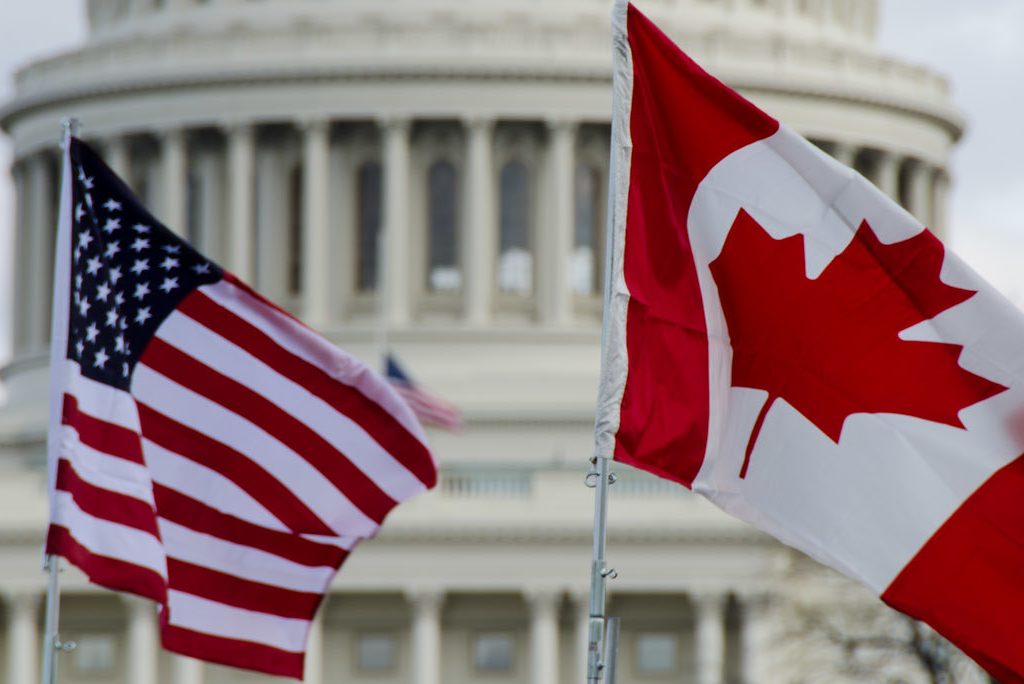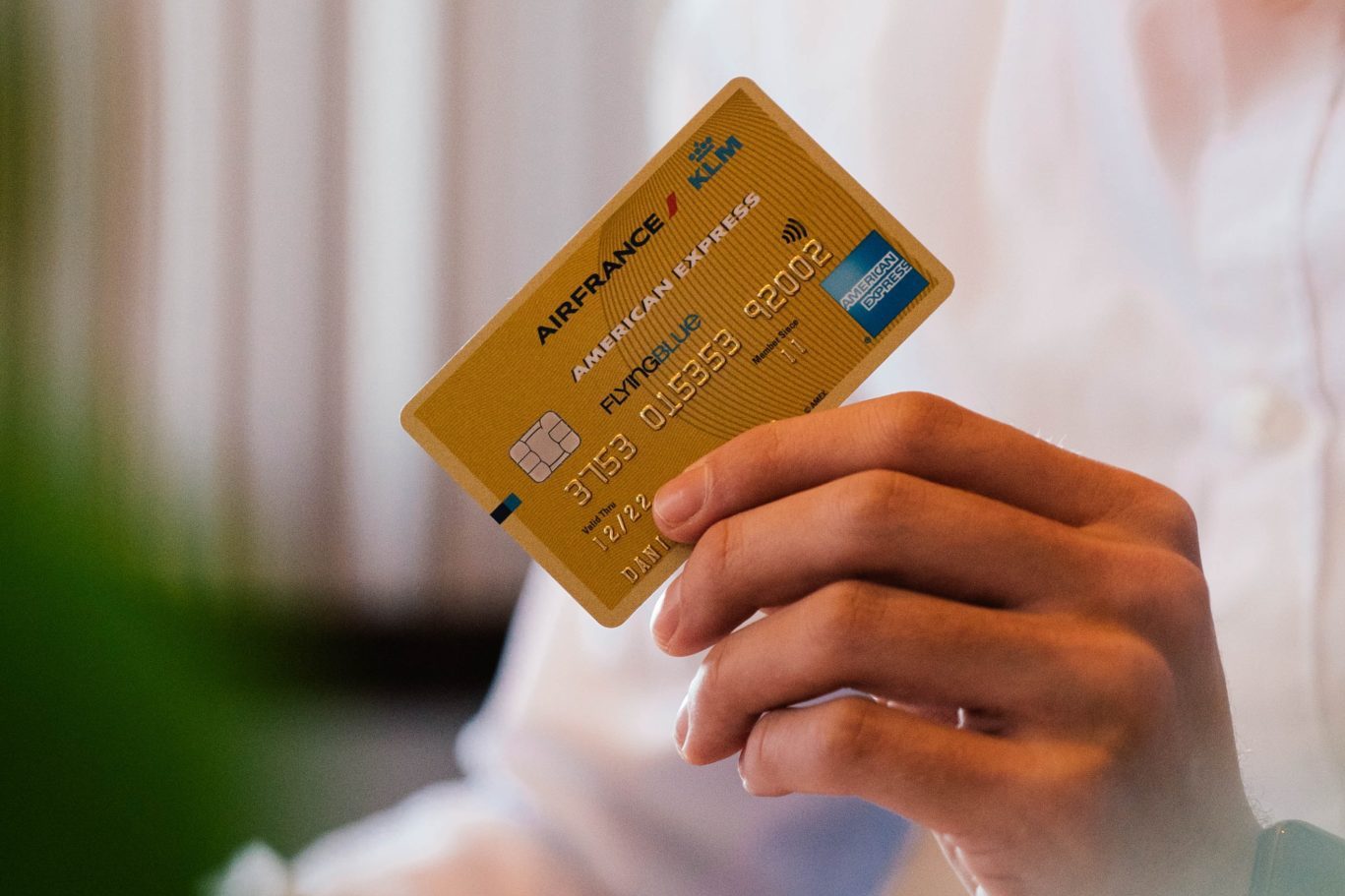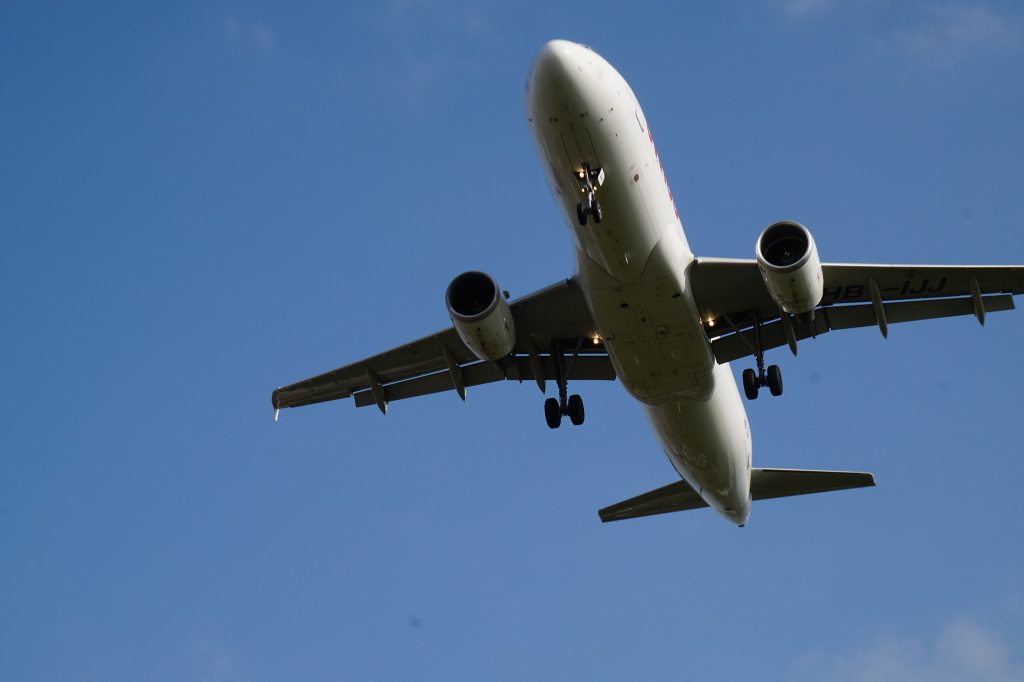Understanding Marriott's Vision of the Future of Meetings in 2016

Skift Take
Marriott CEO Arne Sorenson unveiled a new video yesterday discussing the future of meetings in hospitality at the annual Professional Convention Management Association (PCMA) Convening Leaders conference in Vancouver.
The video [below] highlights five macro meeting trends extrapolated from a series of discussions last year with high-profile convention organizers sourced by PCMA.
Four years ago, Marriott initiated an all-new corporate meetings strategy based on emerging trends in modern conference design and digital communications, especially spurred by the demands of the millennial generation.
Called "Meetings Imagined," the strategy shifted the emphasis around meeting design from a focus on physical logistics to human engagement.
"Instead of rates, dates and space, and tables and chairs, the meetings industry really has to pivot away and focus on people and purpose to maintain its relevance," said Brian King, global officer, Marriott Signature Brands & Global Sales, during an interview yesterday with Skift. "We've been longtime partners with PCMA but this is the first time we've jointly partnered on research together."
The five trends are notable for the fact that they all represent big picture shifts. While so much other industry discussion revolves around micro trends, ranging from charcuterie plates at banquets to event app sponsorship, Marriott has encapsulated those areas of meeting design that form the foundation for everything else.
"This particular piece of work with PCMA, this is about what's next and the future of the industry," said King. "PCMA brings us together with top meeting professionals from around the globe, and with this particular group, they're not the trend followers. They're truly the trendsetters who can benefit not just Marriott, but the industry at large."
Here are the five trends broken down with supporting commentary by King and members of the PCMA advisory group.
1. Sensory Analytics: Capture an Event's Pulse With the Internet of Things
For the last few years, there's been a lot of talk about integrating beacons into meetings as a way to collect data on attendee movement and transmit push notifications.
In 2016, the discussion around beacons is expanding to encompass the Internet of Things to show a more complete picture around the potential of all chip-enabled devices to impact the meeting experience and its intended business outcomes.
"You can digitize so much today but it needs to be seamless and adaptable or it won't have any value, so the first thing we also do is look at the digital space and try to figure out what people will actually use," said King. "We're going to start breaking that apart to develop products and services around the Internet of Things. Some aspects of that we're already doing really well, and we have a really good platform. Other things are being discovered as we move forward."
In the video, Max Shron, founder of Polynumeral data analytics, said, "It's not that a computer tells you how to run the meeting or what to do. It's that when you have an idea and try something, you can get immediate feedback."
2. Tribalization: Cultivate Kinships to Elevate Outcomes
We live in an age of tribes. Today, we can all connect online with people who share likeminded interests on very specific topics, so we should be able to accomplish the same thing at meetings and conventions.
There's been a lot of discussion around this in recent years but most people still show up at conferences and leave without meeting enough of those people sharing aligned goals.
Matthew Von Ertfelda, who leads Marriott's Insight, Strategy & Innovation Team, said in the video, "Platforms like Facebook and Instagram allow access and exposure to vast areas of interest, and I think there's more comfort now in how that translates into physical gatherings and communities."
Toward that end, Marriott has been developing more flexible function areas and furniture for subsets of groups to break out to gather spontaneously. The goal is to foster tighter collaboration among individual tribes that resembles the online conversation.
"Digital technology has enabled the world to develop narrower niches than ever before," King told us. "You can find a group of individuals engaging with each other online about jalapeno popcorn. There will be a tribe of folks who follow that."
3. Content Safaris: Empower the Non-linear Journey
No large hospitality brand has developed a wider breadth of online content in recent years than Marriott. Most meetings and events, meanwhile, still have considerable room to improve their online content, not to mention the live event programming that inspires it, to better engage millennial audiences, especially.
Within the context of this trend list, the emphasis is more about the fluidity of content and programming to personalize the event experience for each individual
"The days of the structured 9-to-5 agenda that you just kind of followed from A to Z are over," said King. "There will still be big content moments, which could be a general session, but I think around that, all of the learning experiences are becoming much more non-linear. Whether it's live or digital, people are contributing content. So it's this idea of building content on top of content because everyone today is an author an editor of their own thinking."
During the video, PCMA COO Sherrif Karamat added, "I want to personalize my experience, and I don't want the organizers to determine my experience for me. Instead, I want them to create a platform where I can personalize my experience."
4. Living 360 Degrees: Move Beyond Wellness to Wholeness
Every year it seems, the lines between personal and professional development, work/life balance, and mental and physical health are blurred further.
In hospitality, there's been a movement towards more sustainable building practices, healthier banquet food, improved natural light, and fewer harmful chemicals, etc., for sometime.
Expect the conversation to evolve toward more holistic empathy for the individual attendees to help improve their quality of life and level of productivity.
Marriott's official standpoint on this is: "The industry has an opportunity to address meeting-goers' existing routines and behaviors, changing the sentiment that travel and meetings are ‘cheat days.' As more health influences and behaviors can be measured and expectations increase, hotels will be incentivized to customize everything from lighting to airflow in their venues to create healthier environments that help the attendees achieve their desired lifestyle goals."
That's happening across the hospitality industry because the demand for that has been unrelenting.
In the Marriott video, Suzy Badaracco, president of Culinary Tides, referred to the trend as a kind of Pandora's Box. She suggested, "Once opened, it's going to be almost impossible to close. There are no adversaries coming to the forefront."
5. Immersive Telepresence: Captivate Your Virtual Audience
"Immersive Telepresence" is Marriott's updated definition of hybrid meetings marrying live human engagement and virtual connectivity. This theme is closely related to the Content Safaris theme.
There has been no shortage of controversy around this topic flamed by the hospitality and tourism industry fearing that digital communications will encroach on face-to-face meetings.
"The fundamental need for human connection will never ever be replaced by the digital evolution," asserts King. "The digital evolution will supplement that and create smaller tribes so they can find each other and meet face-to-face. But at the end of the day, we still all look out at the moon and wonder what's out there. It's about the tribe. People don't want to be alone."




